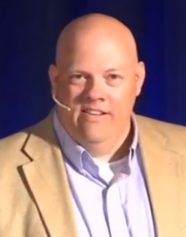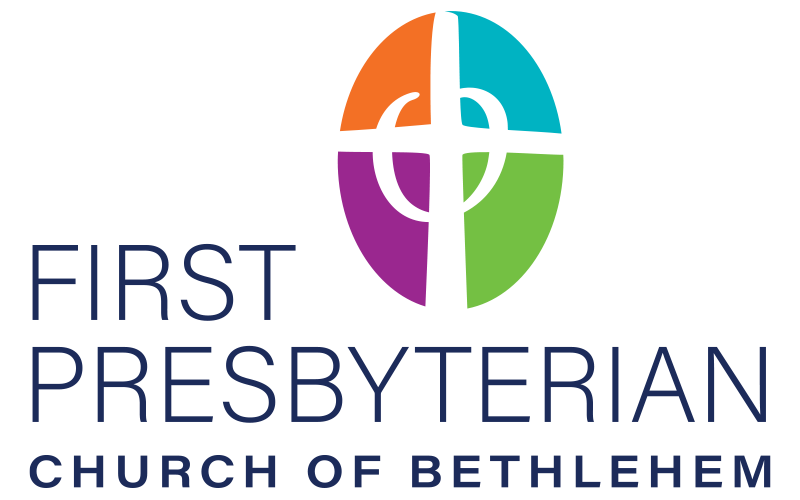A MESSAGE FROM THE REV. J.C. AUSTIN: A STEP FORWARD
This Sunday we are shifting our worship schedule to two services: a Traditional Worship Service at 11 a.m. (not 11:15 a.m.!), and a Contemporary Worship Service at 9 a.m. This shift is not a return, though, but a step forward into a new worship opportunity. As I’ve mentioned previously, we have redesigned the Contemporary Service to a “coffeehouse” format. So what does that mean?
Well, first let me back up a step or two before I answer that.  In predominantly white Protestant churches in North America, traditional worship has generally had the ethos of a classical music concert: people dress relatively formally, attendees generally remain in silence (aside from specific times for singing and responsive prayers), etc.
In predominantly white Protestant churches in North America, traditional worship has generally had the ethos of a classical music concert: people dress relatively formally, attendees generally remain in silence (aside from specific times for singing and responsive prayers), etc.
“Contemporary” worship largely arose in reaction to those traditions, and has often had the ethos of a rock music concert: people dress very informally, attendees react more emotionally in the service (especially during music), etc.
However, what both of these styles have in common is two things. First, worshippers themselves play a largely prescribed and passive role in the service, aside from singing. They listen to the sermons and prayers being led from up front, but they do not have the opportunity to respond or participate directly other than through silent attentiveness. Second, both styles are primarily oriented towards adults and often make little effort to truly engage children and youth in age-appropriate ways.
Some would argue that rock-based contemporary worship is more engaging to young people, but rock music in general has declined significantly as a cultural force in the last couple of decades, while hip-hop has become the dominant popular music in terms of sales, influence, and creativity, so if we were designing worship primarily around generational music preference, we’d probably have to start a hip-hop service!
And this tracks with our own feedback about contemporary worship at First Pres, which has been overwhelmingly that people are more motivated by the informality of worship in general than rock-based worship music in particular.
Those two challenges in how we’ve been doing worship here are what has led us to attempt a new experiment in worship, which is a different kind of contemporary worship: “coffeehouse” worship. Coffeehouses are a prime example of what is known as “third places” in sociology: home and work are the first two places in society, and have prescribed roles and structures in many ways.
A “third place,” though, is a more relaxed environment, a welcoming and informal space where people can be in community with others either passively (gathering in the same space but not interacting) or actively (meeting up with friends or connecting with new people for conversation). It’s not a coincidence that Starbucks grounded its business model in third place theory!
Coffeehouse worship, then, will order itself around this idea of being a third place, a welcoming and informal space where people can be in community not only with one another, but with God. Like a coffeehouse, the worship space will be designed around tables rather than theater-style, and people are welcome to get up and move around as they see fit (especially children!).
The service itself will be both intergenerational and interactive in its approach: while there will continue to be a sermon, each service will have an opportunity for people of all ages to engage the Scripture and sermon themselves, whether through small group conversation, individual reflection, or creative response. We will have contemporary worship music, but will strive for a wider range of styles, and will be using primarily acoustic instruments rather than electric.
We will also be striving to make the language of the service accessible to people of all ages, and to reduce our reliance on needing to be able to read in order to fully participate in the service. We will celebrate a simplified version of Communion, as that is simultaneously a multisensory experience and a sacred act of community that children often appreciate even better than adults. And, of course, we will have coffee available throughout the service!
I am very excited about this next step forward in our worship life together, and I hope you will make a point of joining the experiment at some point, even if your primary preference is traditional worship.
And for those of you who do participate regularly in “Holy Ground,” as we have named the 9 a.m. service, please let us know what your reactions and ideas are as we move forward, so we can continue to refine the service to be as faithful and engaging as possible.
Grace and Peace,
J.C.
